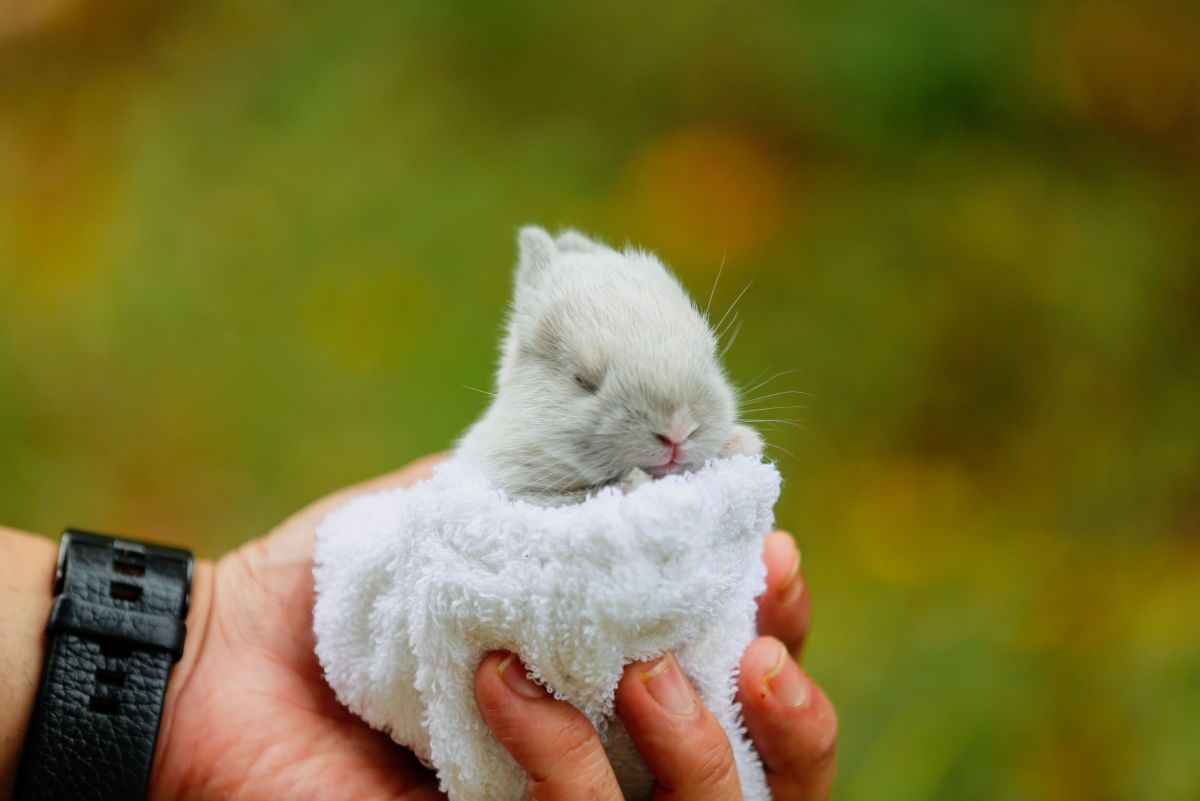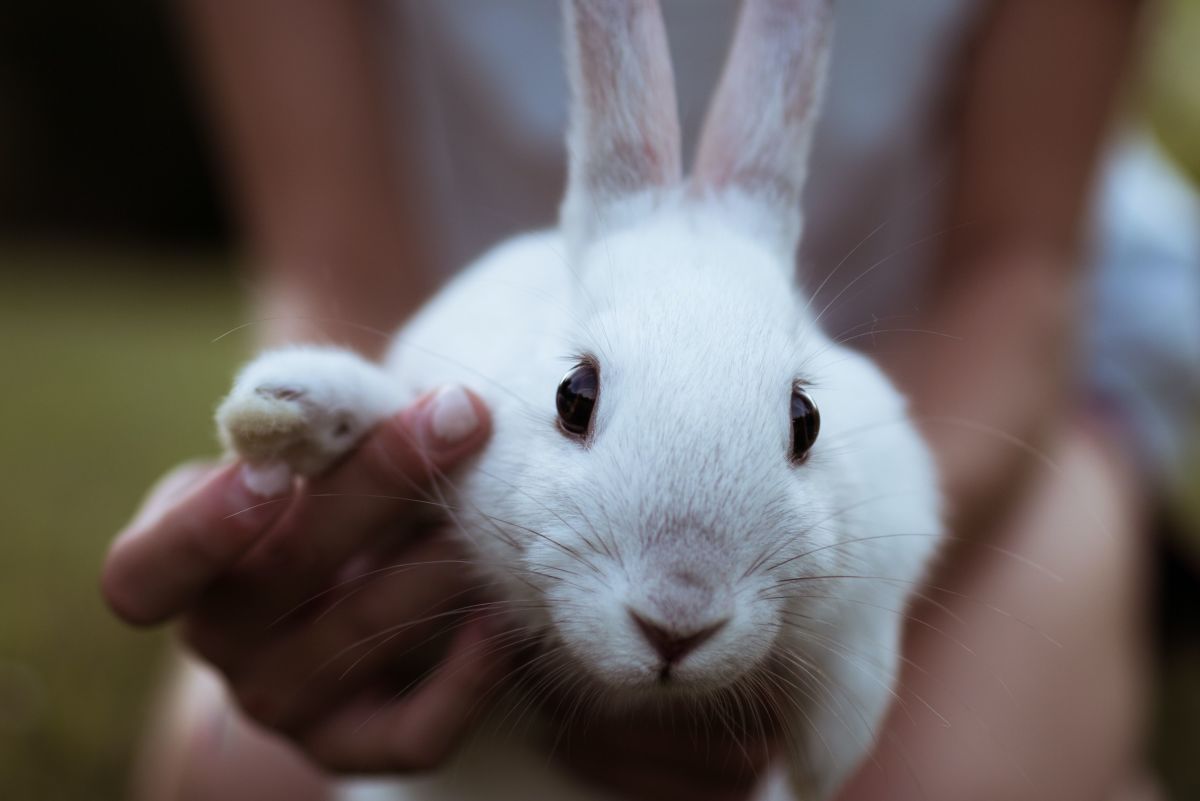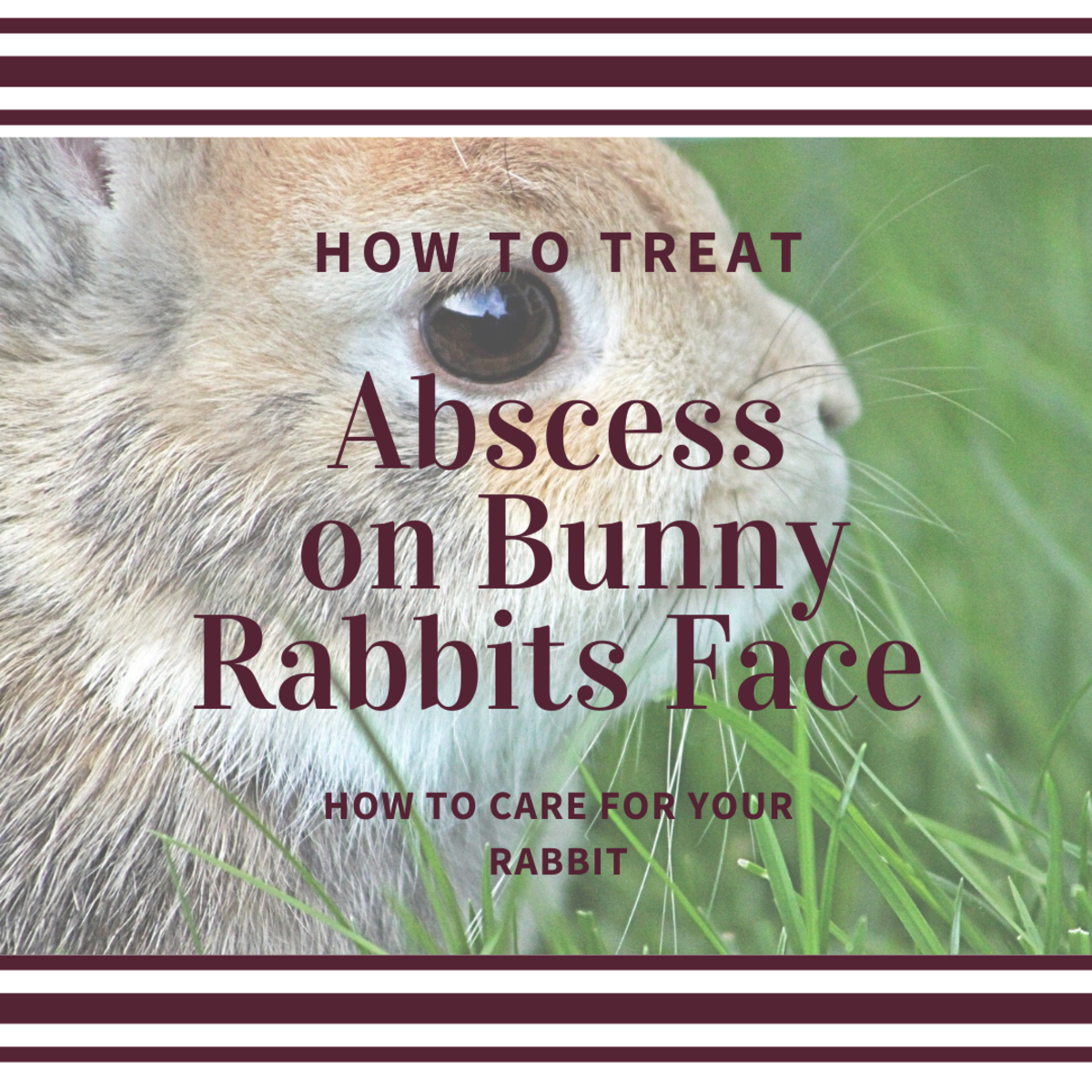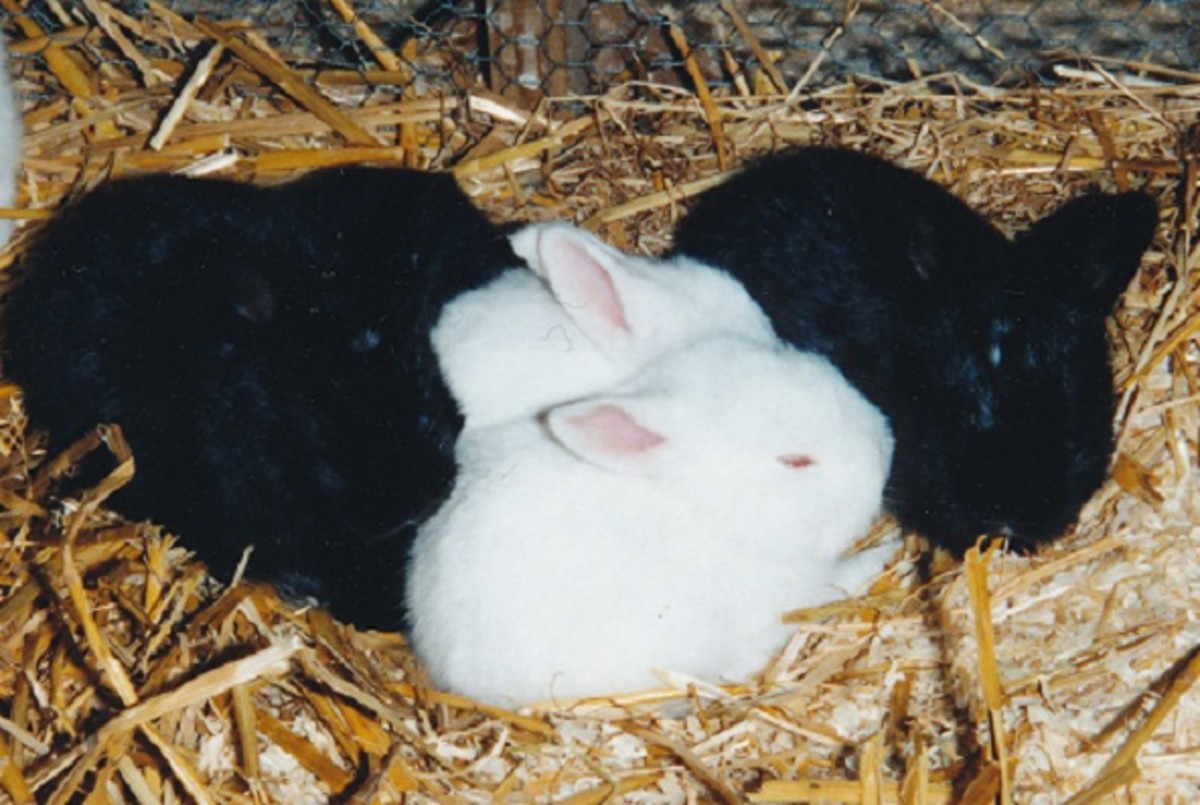Rabbit Vaccinations
What Vaccinations Do Rabbits Need?
There are two diseases which pet rabbits are commonly vaccinated against; myxomatosis and viral haemorrhagic disease also known as rabbit hemorrhagic disease and calicivirus. They are particularly unpleasant diseases and often fatal, so it really is worth while finding out about the diseases and considering whether you should vaccinate your pet to protect it.
In North America, myxomatosis mainly occurs in coastal areas of California and Oregon. (2)
Myxomatosis
Myxomatosis is still prevalent in wild rabbit populations and is spread by the rabbit flea. Unfortunately this species of flea will hop from wild rabbits onto pet cats and dogs and then potentially onto you pet rabbit. Wild rabbits with myxomatosis are usually disorientated, unable to see properly and slow. They spend their time above ground, rather than retreating to burrows, so it it easy for cats and dogs to find them and pick up myxomatosis carrying fleas from them.
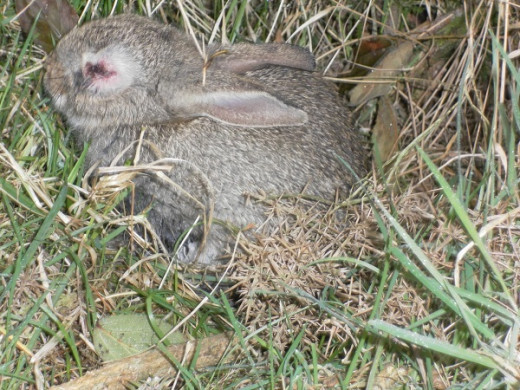
History of Myxomatosis
Myxomatosis was first identified in forest rabbits (Sylvilagus brasiliensis), also known as tapeti, in 1898. Tapeti are native to much of South America. They are mildly affected by the myxoma virus. However, observers noticed that European rabbits (Oryctolagus cuniculus) which caught the virus usually died and in an attempt to reduce the cost to agriculture, caused by rabbits eating crops, it was deliberately introduced into Australia and France in the 1950’s. It spread rapidly and is now found in domestic and wild rabbit populations throughout Europe including the UK, North and South America, North Africa, Australia, but not New Zealand.
Myxomatosis Transmission
Myxomatosis is caused by a variety of strains of the myxoma virus. It is mainly spread by rabbit fleas which bite an infected rabbit and then hop onto another rabbit and bite it, passing on the infection. It can also be spread by mosquitoes, mites such as the cheyletiella mite and through discharge such as pus and snot. It affects the European rabbit very severely and is equally serious in the domestic rabbit which descended from the European rabbit.
Myxomatosis symptoms usually appear 6-14 days after the rabbit is first infected.
Rabbit Temperature
Normal rabbit temperature is 101.5-104 Fahrenheit (38.6-40 Centigrade)
Myxomatosis Symptoms
Initially an owner might notice white discharge from the rabbit’s eyes and nose. Then there will be swelling of the eyelids, face and genitals and tumours under the skin on the rabbit’s head and body. The rabbit will have a raised temperature up to 108 Fahrenheit. Not surprisingly, all this will make the rabbit lethargic, depressed and reluctant to eat. Affected rabbits usually die within 2-5 weeks, or even as quickly as within 2 days of showing symptoms. In wild European rabbits the virus initially had a 99.8% (1) mortality rate, but the rabbits which survived were clearly resistant to the virus and have passed on their genes. Mortality rate in wild rabbit populations is now around 50% (1). In pet rabbits it is usually fatal and there is no known treatment.
Whilst vaccination is normally very safe, occasionally rabbits can react badly. I have had one rabbit die suddenly 4 hours after being vaccinated. However I didn't get a post mortem done, so can't be 100% sure about the cause of death.
Myxomatosis Vaccination
The myxomatosis vaccination is the best method of preventing your rabbit from getting myxomatosis. The bad news for pet rabbit owners is that the vaccine is not available in the USA (2) and it is illegal to use the vaccine in Australia (1).
If you live in a high risk area for Myxomatosis your rabbit will need vaccinating twice a year, in low risk areas annual vaccination is enough. Ask your local veterinary practice what they recommend.
Even if you can't vaccinate your rabbit you can reduce the risk of it getting infected by the myxoma virus by keeping your pet inside or surrounding its enclosure by a second fence 3 feet away to reduce the chance of rabbit fleas, from any passing wild rabbit or pet dog or cat, finding your rabbit. You should also isolate any new rabbits which you get for a fortnight, to make sure they are not harbouring myxomatosis.
History of Viral Haemorrhagic Disease (VHD)
First recorded in China in 1984, the disease then spread though wild and domestic rabbits in Europe including the UK. There have been outbreaks of the disease in Mexico and the USA, but the virus was contained and eradicated (2). The disease is present in Australia, New Zealand and Europe.
VHD Transmission
VHD is caused by rabbit calicivirus and is very infecius in European rabbits both wild and domestic. It is transmitted between rabbits having direct contact with each other, unfortunately it can also be passed via contact with an object such as a food bowl or the owners clothing which has been contaminated with rabbit calicivirus. The virus can survive for at least three months on cloth at room temperature and for up to 20 days in decomposing rabbit corpses and even longer if frozen (4).
Transmission has been reported through insects and through the air e.g. via sneeze droplets. (3).
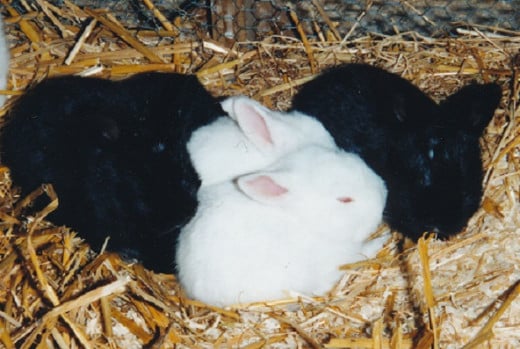
VHD Symptoms
Symptoms occur 1-3 days after the rabbit becomes infected.
Strangely VHD doesn’t occur in rabbits under 4 weeks old. It is most common in adult rabbits.
You might notice your rabbit has a temperature, is shaking or has poor coordination. But often the first thing you notice is a dead rabbit. Death occurs 6-24 hours after the temperature starts because the calicivirus causes massive internal bleeding in the rabbit’s organs. Mortality rates are 60-90% (2)
You should allow a fortnight between vaccinating your rabbit against myxomatosis and vaccinating it against VHD.
VHD Vaccination
In countries where rabbit viral haemorrhagic disease is generally present (not confined to occasional outbreaks) it is worth vaccinating your pet rabbit against this disease once a year. Otherwise it is always good practise to isolate any new rabbits from your existing pet rabbits and to thoroughly wash your hands and cloths after you have been in contact with other rabbits and before handling your own pet.
References
1 Australian Wildlife Health Network – Myxomatosis factsheet.
2 Merck Veterinary Manual
3 Charles River Technical Sheet – Rabbit Caliciviruses
4 World organisation for animal health – Rabbit Haemorrhagic disease technical disease card



